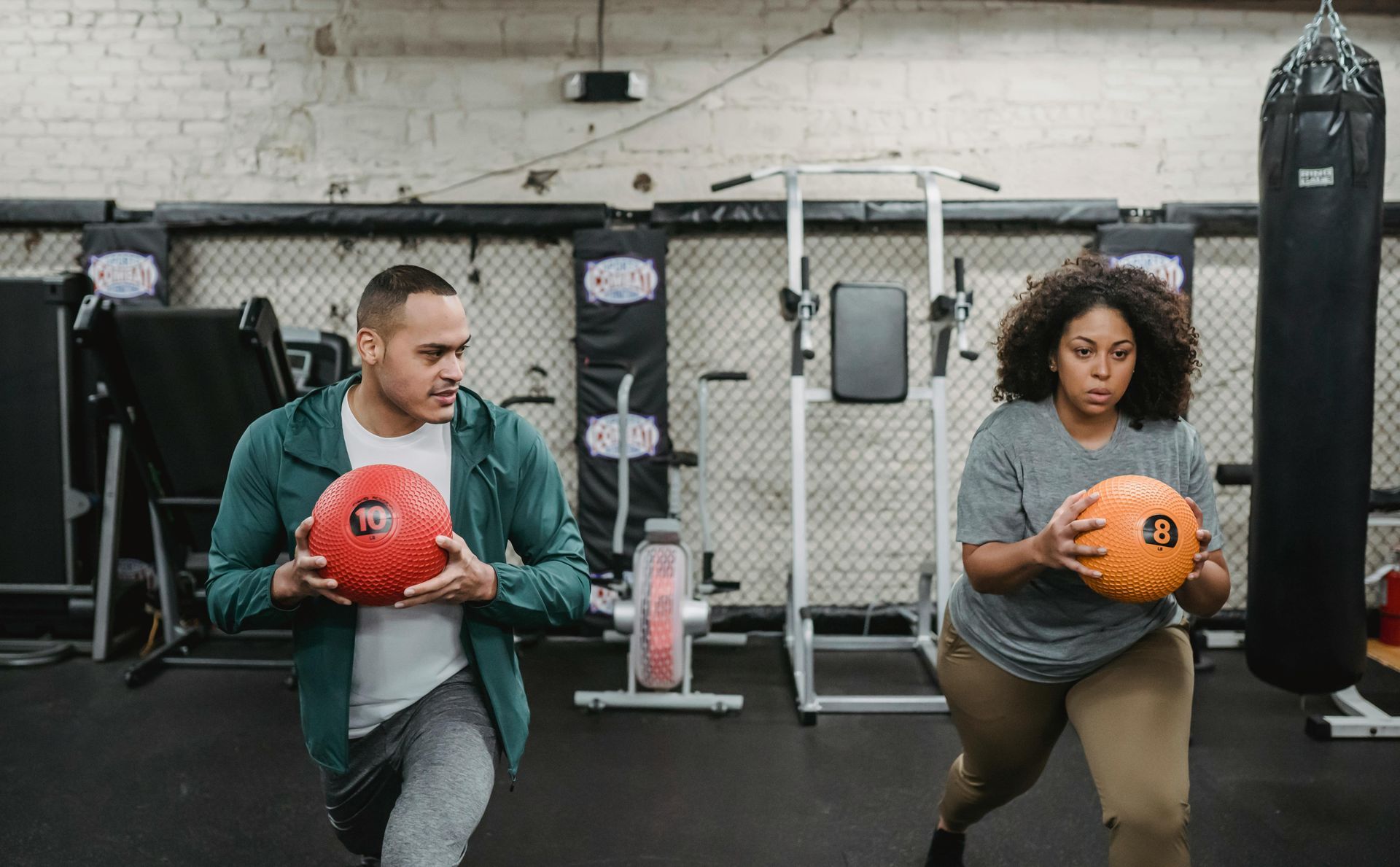Embracing Functional Fitness: The Future of Workouts
Embracing Functional Fitness: The Future of Workouts

In the ever-evolving world of fitness, trends come and go, but some manage to capture the collective interest and stick around.
One such trend currently gaining traction is functional fitness. Rooted in the principle of training the body for the activities performed in daily life, functional fitness is reshaping how people approach their workouts.
Let’s dive into what functional fitness is, why it’s trending, and how you can incorporate it into your routine.
What is Functional Fitness?
Functional fitness focuses on exercises that train muscles to work together and prepare them for daily tasks by simulating common movements you might do at home, work, or in sports. Instead of isolating muscles, functional fitness exercises engage multiple muscle groups simultaneously, improving strength, endurance, and balance. Examples include squats, lunges, deadlifts, and push-ups—movements that mimic activities like lifting groceries, climbing stairs, or playing with children.
Why is Functional Fitness Trending?
1. Practical Benefits
People are increasingly valuing workouts that offer real-world benefits. Unlike traditional weightlifting, which might focus on developing the biceps or the chest muscles in isolation, functional fitness emphasises movement patterns that enhance everyday life. This makes it especially appealing for individuals looking to improve their quality of life and prevent injuries.
2. Inclusivity and Accessibility
Functional fitness can be adapted for all fitness levels and ages. Whether you’re a seasoned athlete or someone new to exercise, functional fitness offers scalable options. Its adaptability means it can be performed with minimal equipment, making it accessible for home workouts, which have surged in popularity due to the COVID-19 pandemic.
3. Holistic Approach
The holistic nature of functional fitness aligns well with the growing interest in overall wellness. It doesn’t just focus on building muscle or losing weight but also on improving flexibility, mobility, and coordination. This comprehensive approach helps create a well-rounded fitness regime that promotes long-term health and well-being.
Incorporating Functional Fitness into Your Routine
1. Start with Bodyweight Exercises
If you’re new to functional fitness, begin with bodyweight exercises. These require no equipment and can be done anywhere. Incorporate movements like squats, lunges, push-ups, and planks into your routine. These exercises help build a solid foundation by improving your strength, balance, and flexibility.
2. Use Everyday Objects
You don’t need fancy equipment to get started. Use everyday objects like water bottles, backpacks, or even heavy books to add resistance to your workouts. For example, a backpack filled with books can substitute for a kettlebell or dumbbell in many exercises.
3. Focus on Form
Proper form is crucial in functional fitness to avoid injuries and maximise benefits. Take the time to learn and practice the correct form for each exercise. Consider working with a certified trainer, either in person or through online platforms, to ensure you’re performing movements correctly.
4. Incorporate Compound Movements
Functional fitness thrives on compound movements—exercises that engage multiple muscle groups at once. Examples include deadlifts, kettlebell swings, and burpees. These exercises not only build strength but also improve cardiovascular endurance and coordination.
5. Mix it Up
Variety is key to a balanced functional fitness routine. Mix up your workouts to target different muscle groups and prevent boredom. Combine strength training with cardiovascular exercises, flexibility work, and balance drills to create a well-rounded program.
Functional Fitness and Technology
The rise of technology in fitness has also contributed to the popularity of functional fitness. Fitness apps and online platforms offer guided workouts, tracking tools, and virtual communities that provide support and motivation. Wearable technology, such as fitness trackers and smartwatches, helps individuals monitor their progress and set goals tailored to functional fitness.
Conclusion
Functional fitness is more than just a trend; it’s a practical, inclusive, and holistic approach to exercise that promises long-term benefits. By focusing on movements that enhance daily activities, functional fitness helps build strength, improve mobility, and prevent injuries. Whether you’re working out at home or in the gym, incorporating functional fitness into your routine can lead to a healthier, more active lifestyle. Embrace this trend, and let it transform the way you approach your fitness journey.







